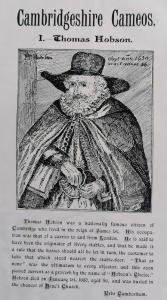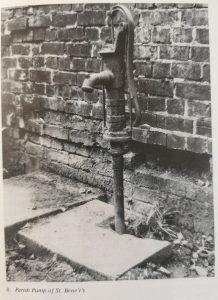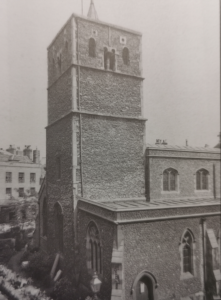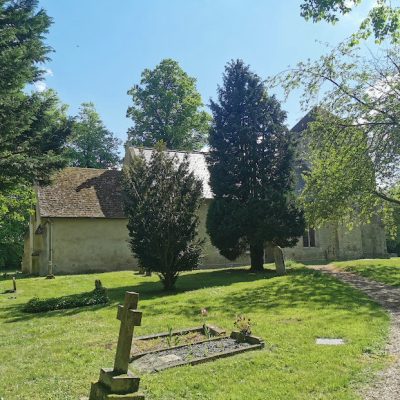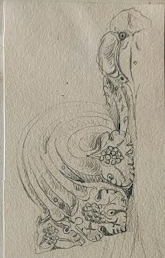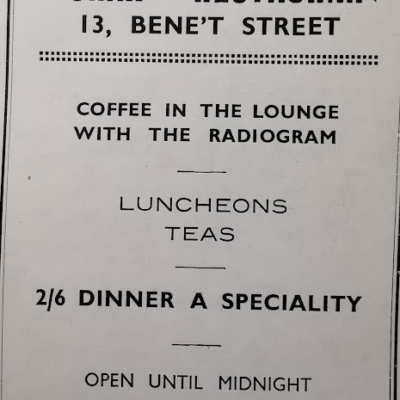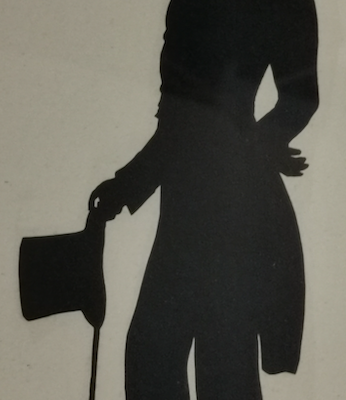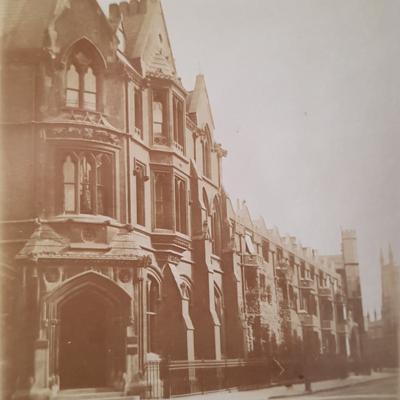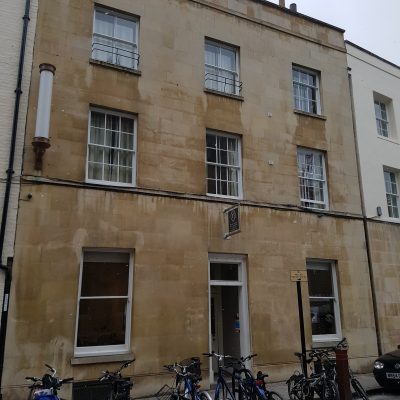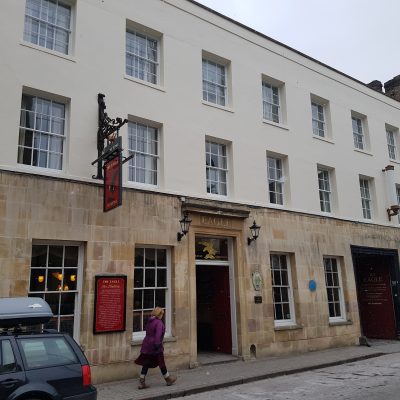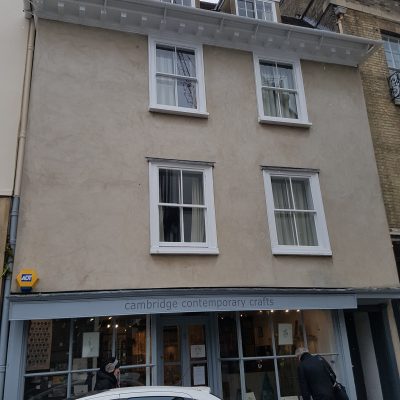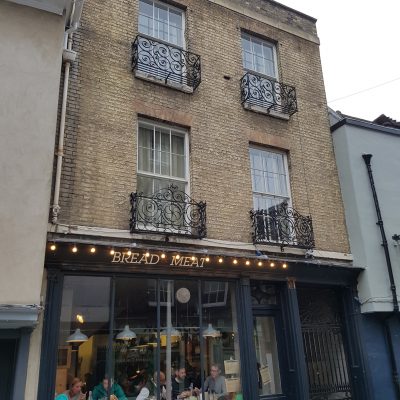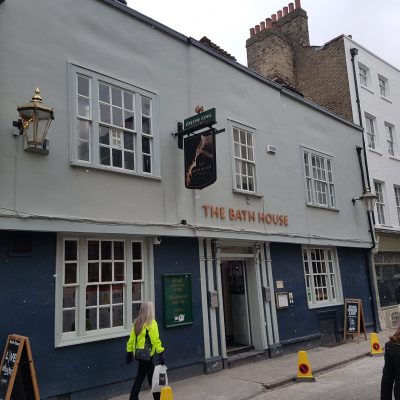Search by topic
- archaeology
- Building of Local Interest
- chapel
- charity
- church
- crime
- dressmaker
- fire
- Great Eastern Railway
- Listed building
- Mapping Relief
- medieval
- oral history
- poverty
- Public House
- Religious House
- Roman
- scholar
- school
- Then and Now
- tudor
- women
- work
- world war one
- world war two
Search by text
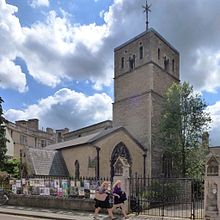
St Bene’t Church, Bene’t Street
History of St Bene't Church
St Bene’t is the oldest church in Cambridge and in the county. The tower is Anglo-Saxon and there are some remains of the original aisleless nave and some walling on the chancel s side.
Archaeological report:
https://library.oxfordarchaeology.com/5052/
Further information can be found in Wikipedia.
1849 A Gray in Cambridge Revisited (1921) notes that there was a firehook on display in the church that was last used in the Market Hill fire of 1849. It used to hang outside the west wall of St bene’t’s Church tower.
To the left of the entrance to the church is the old parish pump. Before the establishment of the Water Company, Cambridge citizens would source their water from Hobson’s Conduit, wells or pumps, often placed against churchyard walls. The sexton in one city centre church found that if he dug a grave it filled with water. Hoever if he took water from the nearby pump the grave drained. As a result some parishioners decided to go elsewhere for their water.
9/5/1898: St Bene’t’s Church, Cambridge, reopened for public service with an improved organ and newly elected organ chamber, beside several minor renovations in the decoration of the interior of the building. Archdeacon Emery said that the condition of the Church in 1849, when he was ordained Deacon, with its organ Gallery at the West End, and those high pews in the nave, and green baized pews in the Chancel was then far different to what it was now. Since that time the South aisle had been erected, the West End and Tower opened and restored, the Chancel and church generally restored and seated in such a manner that all the worshippers could feel they formed one family of God. (Cam.News)
28/8/1908 An object of great curiosity has been returned to St Bene’t’s Church. The Black Letter Bible presented by Hobson the carrier has been missing for the last 30 years. It was discovered in the University Library where it had been sent for safe keeping when the church was restored. It has marginal notes in the writing of the donor and was at one time in a house in the parish when a charge of sixpence was made for its inspection. (Cam News)
Contribute
Do you have any information about the people or places in this article? If so, then please let us know using the Contact page or by emailing capturingcambridge@
License
This work is licensed under CC BY-NC-SA 4.0





